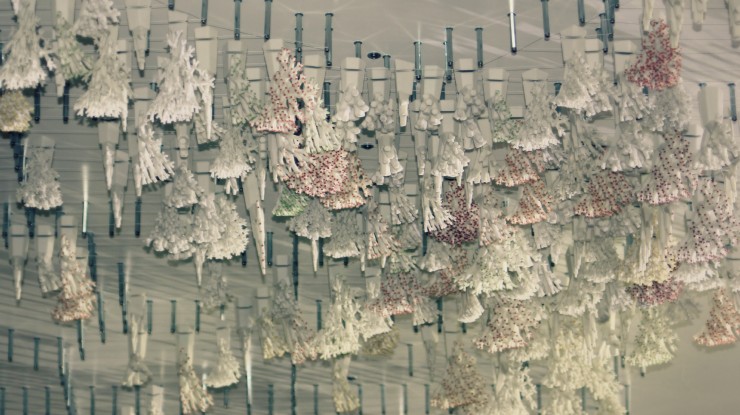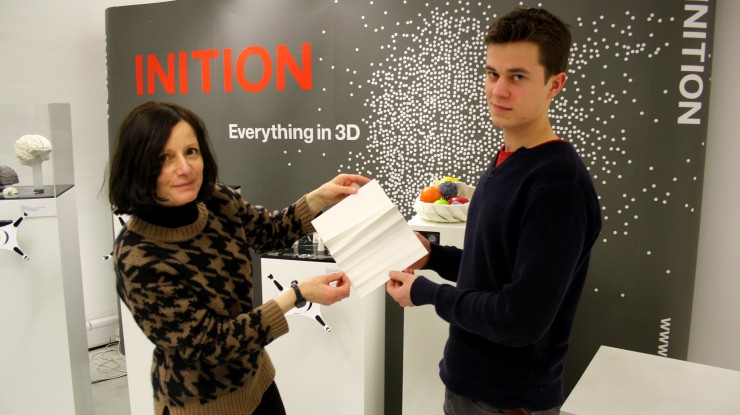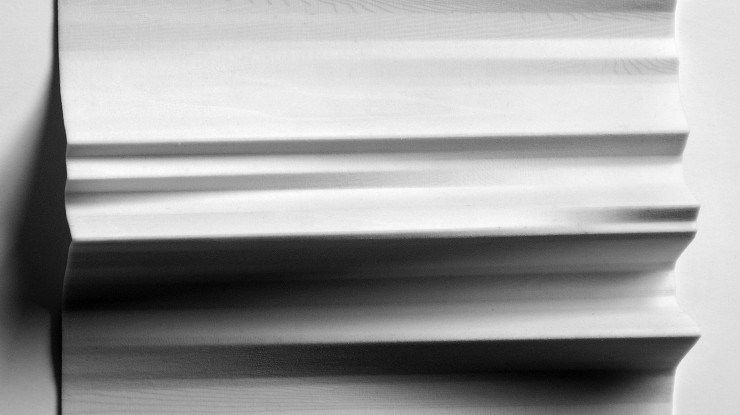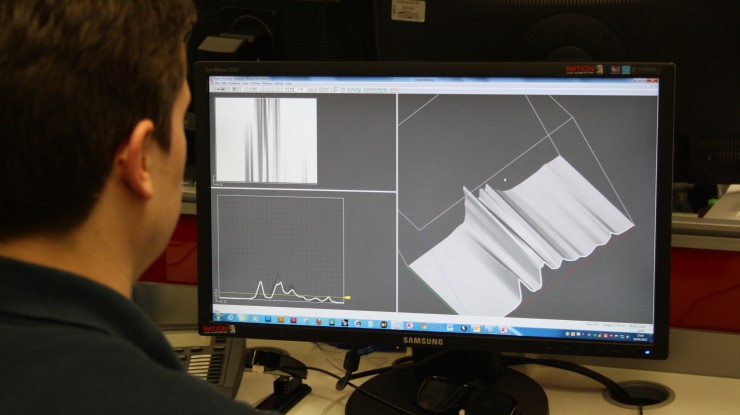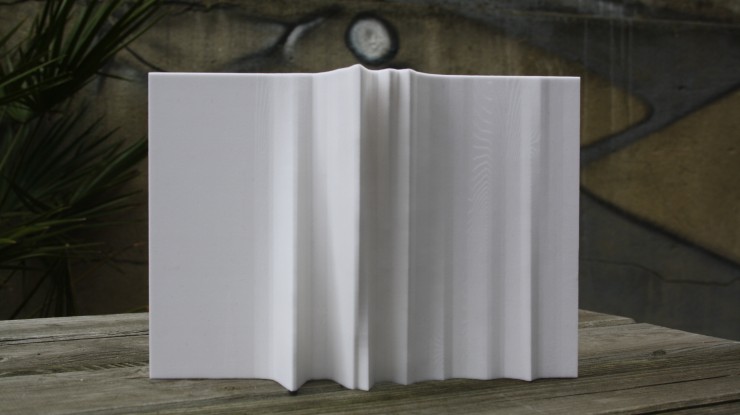Like most things in life, data is what you make of it. After all, data can be collected on everything and anything, though its usefulness only extends as far as the conclusions that can be derived as part of its analysis and interpretation.
IF A PICTURE IS WORTH A THOUSAND WORDS…
…A 3D sculpture must be worth a million?
Data visualisation has long existed as a way to communicate information via aesthetic and visual means. The meteoric rise in the popularity of the ‘infographic’ is emblematic of a collective desire to synthesise mass amounts of data in an easy-to-decipher way.
However, for some topics, infographics simply don’t do the data justice. That’s not to say infographics don’t have their place – they are after all immensely popular for a reason. But for big data, 3D visualisations might achieve a greater level of synthesis than a traditional 2D data visualisation would. Think of it as taking an infographic that one step further, into another dimension (literally).
DATA IN REAL LIFE
That’s where the infosculpture comes in. Imagine if, instead of translating eons of data into a 2D graph, chart or infographic, it was instead transformed into a real life, physical object that could go beyond a simple data visualisation, into a multi-sensory experience. The capabilities of 3D printing are such that the specifics of the sculpture’s shape, colour, weight and size could all be tailored to meet the unique requirements of the data.
The potential application of this kind of data analysis therefore is limited only by the imagination of the analyst and software designer.
HOW COULD IT BE USED?
- A periodic table of the elements wherein each 3D segment is weighted to reflect the actual weight of the element it’s based on
- A 3D model of financial trends and occurrences that can be manipulated as the stock market changes
- Organisational charts where the traditional layout is replaced with 3D busts of each individual within the organisation that can be rearranged to reflect changes in structure
EXAMPLES OF 3D INFOSCULPTURES
MINIATURE DATA-CITIES: PEOPLE WOOD
Separate from big data though, is the potential for this kind of technology to be used in social or community projects. So when Something & Son approached Inition to undertake an ambitious project on behalf of the Manor House Development Trust we jumped at the chance to flex our creative muscles.
Using our ZPrinter450 and bespoke 3D printing software developed in-house by our team, we analysed answers submitted to an online questionnaire by residents of the community, extracting all relevant data and translating it into four parts: diversity of origin, years lived in the Manor House area, interaction with neighbours, and overall sense of happiness.
It was from this data that ‘People Wood’ was produced – an installation project comprised of over 400 unique 3D tree sculptures which represented each resident’s answers by way of the number, spread and colours of the trees branches. Thus, our first ‘infosculpture’ was born.
In this instance, not only did the trees represent a 3D visualisation of the residents’ answers, but the plotting of them on a small-scale map, which matched each respondent’s specific location within the actual Manor House area, gave the installation added context an infographic simply couldn’t achieve.
Although the nature of this project lent itself especially well to the 3D infosculpture medium, the potential for the practical application of this technology elsewhere is immense; either alone, or combined with virtual and augmented reality, infosculptures could enhance the way we interact with data – from a purely visual way, to a more physical sense.
THE A4 PROJECT
Not unlike the capabilities of 3D printing itself, infosculptures aren’t restricted to particular types of data, either. Inition worked with artist Susan Morris on a project which was entered into the Drawing Biennial 2013 – an opportunity for over 200 distinguished artists to create innovative works of art using only an A4 piece of paper.
Using a device which collected data on the Morris’ sleep and wake patterns, Inition was able to produce a 3D sculpture – which imitated a scrunched piece of paper – which visually illustrated the patterns extrapolated from the data.
MORE THAN JUST A PRETTY FACE
More than an alternative to 2D options, infosculptures have the ability to deepen the understanding of information via multi-sensory engagement of participants and the ability to physically interact with data.
The ability for 3D printers to create virtually any design means the possibilities are limitless. A shape can therefore be chosen specifically for its relevance to the data, or a particular theme of the installation. For Project Wood, trees were chosen for their real-life connection to a neighbourhood community project.
Not only is this aspect of 3D printing one of the fun parts, but it represents the ability to tailor the design of the infosculpture to whatever it is the designer wants, thus opening the door to the many different ways the data can be used.
PUTTING A FACE TO THE DATA
The benefits of infosculpture data analysis transcend any one field, too; traditional data-reliant institutions within the financial, educational, government and business sectors could most definitely – and obviously – make use of the technology, though, as illustrated, so too could social-justice, community and charity organisations.
Projects such as People Wood encourage the ‘personalisation of data’ – interpreting statistics and numbers in a way that is both, visually appealing, whilst also uniquely meaningful. Our proudest achievement from the project was its ability to encourage viewers to see the people behind the data. The installation communicated the connection between each resident and their unique place within the community as well as one another in a much stronger way than a chart or infographic could have.
THE FUTURE OF THE INFOSCULPTURE
The good news for the future of the infosculpture as a data visualisation medium is that 3D technology is constantly improving. The potential for its use therefore is only limited to the ingenuity of everyone involved.
UP NEXT: Turning Social Media data into a 3D Infosculpture.
For more info on our latest 3D printing projects, follow INITION on Twitter.
Explore our range of 3D printers, or get in contact to arrange a tour of our Demo Studio.

